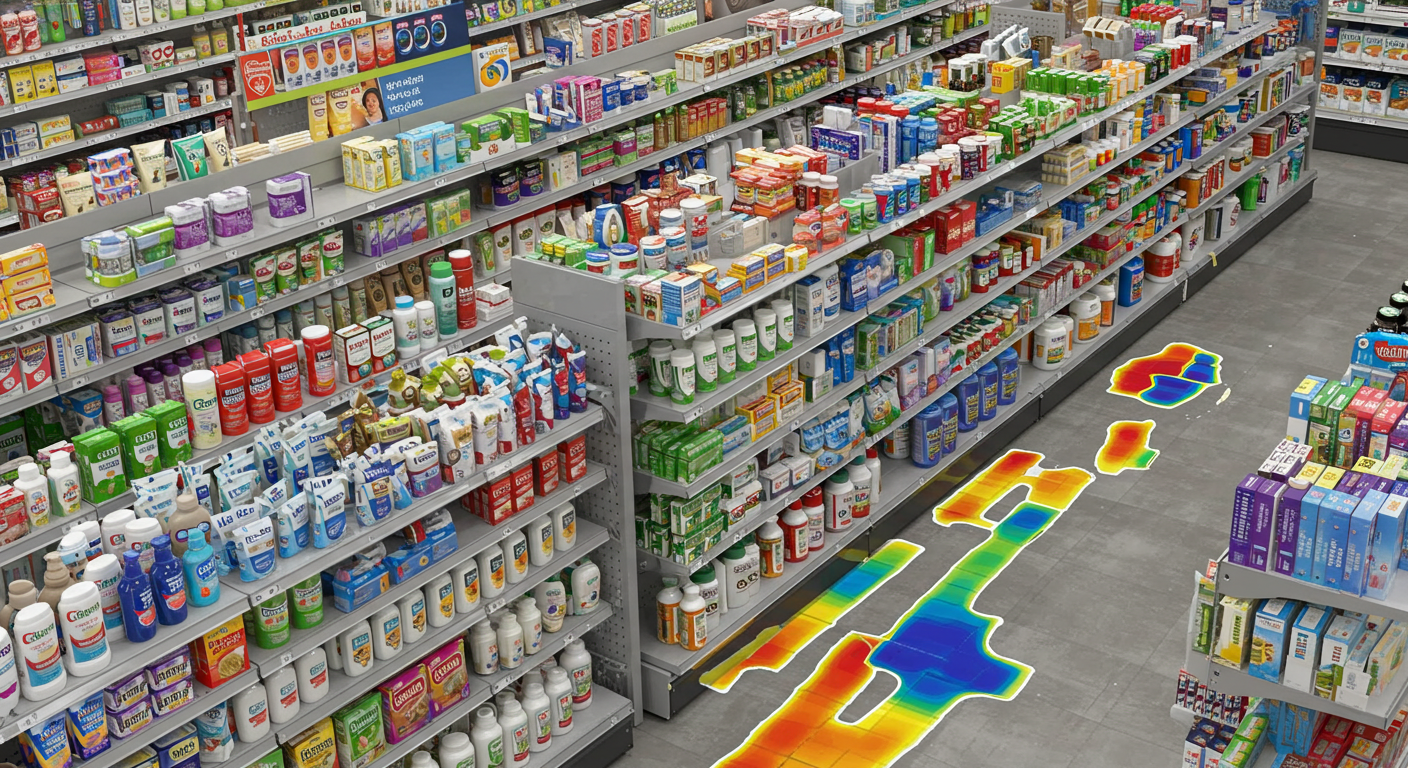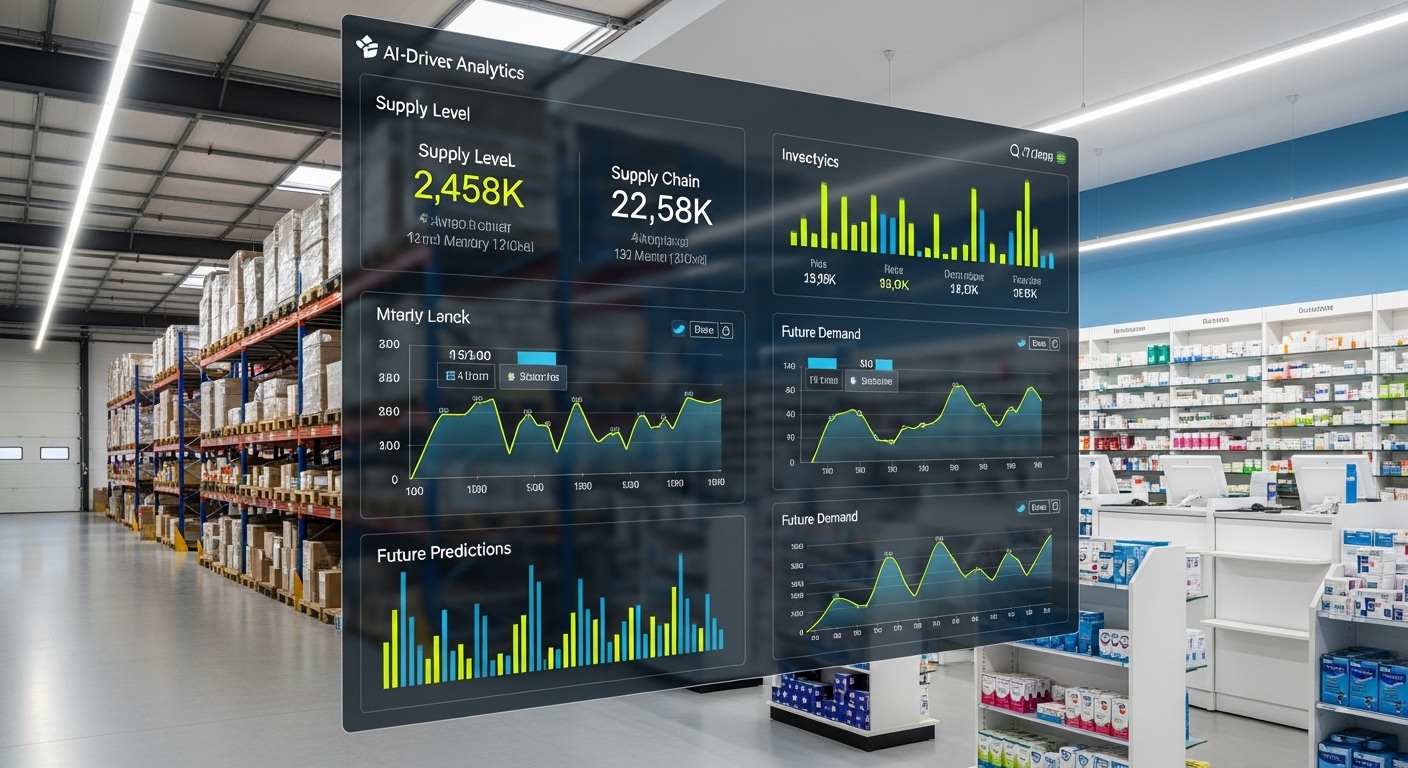-

Buying or selling a pharmacy? Inventory valuation can make or break your deal. Learn how FIFO, LIFO, and WAC methods impact stock pricing—and why understanding them is crucial in Kenya’s competitive pharmaceutical market. Decode the numbers before you sign on the dotted line.
-

Data and merchandising go hand-in-hand! Use sales info to identify slow-moving (Category C) OTC items. Strategically place them in decompression zones to boost sales. Analyze buying trends (allergy season, school breaks) to adjust shelf placement for maximum impact. Data empowers informed decisions, reducing expiries and maximizing profits!
-

Struggling with short-expiry or slow-moving items? Merchandising can help! Place them strategically at eye-level or near complementary products. Consider bundling for added value. While interaction might be limited, consider layouts that encourage customers to explore these hidden gems on your shelves.







